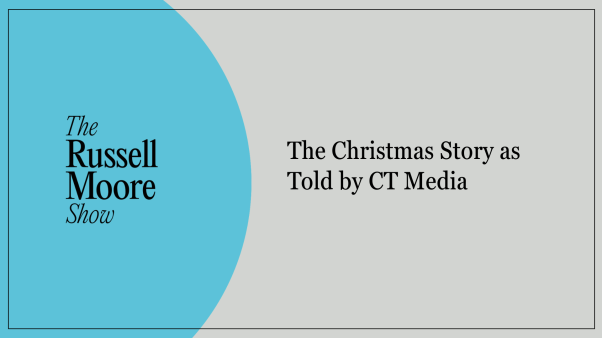Seven months after the U.S. Department of Education released guidelines on the role of religion in public schools–rules that emphasize teaching about religion in history and literature classes, and respect for the holy days of different faiths–educators, lawyers, and First Amendment advocates remain divided on whether the guidelines have made it easier to understand what is permissible inside public schools.
“For the first time, there has been some uniform direction on what schools should be doing, what they could be doing, and what they are forbidden to do in the field of law and religion,” says August W. Steinhilber, general counsel for the National School Boards Association in Alexandria, Virginia. Before the guidelines, confusion reigned on permissible activities, such as private Bible reading, expressions of religious beliefs in homework assignments, and the wearing of religious clothing.
But Jay Sekulow, chief counsel for the American Center for Law and Justice, a Christian religious liberties organization, says many school officials are still unaware the guidelines exist.
Tensions between school officials and parents over what is legally permissible have increased in the current school year, he says. “The increase in our number of public school cases has been at least 50 percent,” Sekulow says. “We expected our number of cases to decrease, but it has never been higher.”
SETTLING CONTROVERSIES: The guidelines, announced by President Clinton last August (CT, Aug. 14, 1995, p. 57), are designed to put to rest some of the contentious issues involved in religious expression in public schools. Controversies over what Steinhilber calls “non-sectarian, student-initiated, voluntary prayer” remain, but the question of whether a school can tell students the Pilgrims came to the New World in search of religious freedom is now clear: Yes, they can.
The law is designed to pre-empt situations such as the case last year involving a Utah student who sued a school district over the singing of Christmas carols in a music class and assembly.
John Brophy, an assistant superintendent in Angel’s Camp, California, says many teachers have been unsure of what is allowable since Supreme Court decisions more than three decades ago banned organized prayer and Bible readings. “But when it comes to teaching about the role of religion in history, it’s something they’re expected to do now.” In the past generation, many textbooks have expunged the role religion played in the founding and shaping of the nation.
“If schools and communities understand what is allowed, permissible, and required under the First Amendment, we can live and work together across differences and get it right,” says Charles C. Haynes of the Freedom Forum First Amendment Center at Vanderbilt University in Nashville. The center has published a two-page “Parents’ Guide to Religion in the Public Schools.”
Haynes says the guidelines have confirmed the direction many superintendents, school boards, and parents have been taking. “But in other areas, where on one side or the other folks continue to misunderstand what the law is or ignore it, this has been a wake-up call,” he says. “It says we can no longer get away with ignoring it, or pushing a particularly religious view to promote religion.”
MORE TO DO? But other commentators say the guidelines, while admirable, do not go far enough.
Warren Nord, director of the program in the humanities and human values at the University of North Carolina at Chapel Hill, believes schools should offer a course teaching religious views in society. He notes that religion has colored not only American history, but subjects such as evolution and law.
Nord, who argues his case in the just-published “Religion and American Education: Rethinking a National Dilemma” (UNC Press), believes “teachers should be certified as teachers of religious studies,” and schools should “require religion coursework and integrate it into curriculum elsewhere.”
Copyright © 1996 Christianity Today. Click for reprint information.










